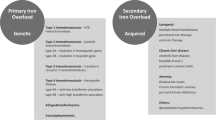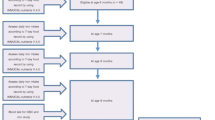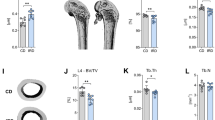Abstract
Summary: 1. Rats suffering from protein-energy malnutrition were found to have low serum iron, low PCV, and low hemoglobin concentrations.
2. Oral iron supplement during the refeeding of these animals caused various types of infection, the severity of which was related to the dose of iron given.
3. A close association between high serum iron, low serum transferrin, and high incidence of bacterial infection was found.
4. A high protein diet without any oral iron supplement was found to raise the PCV and hemoglobin concentration to the same levels as a high protein diet containing 65 mg iron/kg body wt/day, although this dose of iron was sufficient to produce infection in the malnourished rats during refeeding.
Speculation: Iron supplementation during the treatment of children with protein-energy malnutrition may predispose to bacterial infection, the severity of which depends on the dose of iron given.
Similar content being viewed by others
Log in or create a free account to read this content
Gain free access to this article, as well as selected content from this journal and more on nature.com
or
Author information
Authors and Affiliations
Rights and permissions
About this article
Cite this article
Olusi, S., Mcfarlane, H. Iron Therapy and Refeeding in Experimentally Malnourished Rats. Pediatr Res 12, 625–630 (1978). https://doi.org/10.1203/00006450-197805000-00003
Issue date:
DOI: https://doi.org/10.1203/00006450-197805000-00003



